Explore In Style: A Guide To Travel-Friendly Fashion
BY Ankita Nov 30, 2023
Embarking on a journey calls for a wardrobe that's as functional as it is fashionable. Selecting the right travel attire is a blend of art and strategy. It focuses on pieces that offer comfort during transit and style upon arrival. This guide will navigate you through the essentials of crafting a travel-friendly wardrobe. It will ensure you're prepared for any destination without compromising your style. Get ready to explore in style with fashion choices that are as adaptable and adventurous as your travel plans. The Essentials Of Travel Wardrobe Creating a travel-friendly wardrobe begins with understanding the essentials – key pieces that offer maximum versatility and comfort on the go. These staples include lightweight, breathable tops that can be layered or worn alone. There are also comfortable yet stylish bottoms like stretchy jeans or wide-leg trousers and a versatile jacket suitable for various climates. Additionally, neutral colors and simple patterns are your allies, allowing for easy mixing and matching. The essence of travel fashion lies in selecting items that not only save space in your luggage but also keep you prepared and confident. It should cover long flights to spontaneous city explorations. Coord Sets For Women - Effortless Matching Coord sets for women have revolutionized travel fashion with their effortless style and matching convenience. These sets, comprising coordinated tops and bottoms, eliminate the hassle of outfit planning, making them ideal for on-the-go dressing. Whether it's a breezy linen set for beachside holidays or a chic, tailored ensemble for urban adventures, coord sets offer a polished look with minimal effort. Their versatility extends beyond aesthetics, as pieces can be mixed and matched with other wardrobe staples, providing numerous outfit options. This effortless matching solution not only simplifies packing but also ensures you stay stylish with ease while exploring new destinations. Layering For Changing Climates Mastering the art of layering is essential for adapting to changing climates while traveling. It's about creating a flexible outfit that you can modify throughout the day to suit varying temperatures. Start with a lightweight base layer, like a breathable cotton tee or tank, and add a long-sleeve shirt or blouse for added warmth. Incorporate a versatile sweater or cardigan that you can remove easily as and when you need. Top off with a weather-appropriate outer layer, such as a waterproof jacket or a cozy coat. By layering smartly, you ensure comfort and style, no matter where your travels take you or how the weather shifts. Multi-Purpose Clothing Multi-purpose clothing is a game-changer in travel fashion, offering style and functionality without overpacking. Convertible dresses that you can wear in multiple ways or pants that zip off into shorts are versatile. They are ideal for travelers looking to maximize their wardrobe options with minimal items. Look for garments that can transition from day to night or casual to formal with just a few tweaks. This approach not only lightens your luggage but also gives you the flexibility to adapt to different activities and settings. It ensures you’re always appropriately and stylishly dressed on your journeys. Travel Outfits For Ladies - Comfort Meets Style Regarding Travel Outfits for Ladies, striking the perfect balance between comfort as well as style is key. Opt for ensembles that offer ease of movement and can withstand hours of transit yet are chic enough to step out into a new city. Elastic waistbands, wrinkle-resistant fabrics, and layers are your best friends. A stylish maxi dress paired with a denim jacket or a comfortable jumpsuit accessorized with a scarf can make for ideal travel outfits. These choices ensure you look pulled together and feel relaxed, whether you're navigating airport terminals or exploring urban landscapes. Choosing The Right Footwear Selecting the right footwear is crucial in travel fashion, as it needs to be practical for long walks and versatile enough for different occasions. Aim for shoes that provide comfort and support, like birkenstock sandals or cushioned sneakers , without sacrificing style. A pair of chic flats or loafers can also be a great choice, easily transitioning from daytime exploration to an evening out. Ideally, footwear should be lightweight and easy to pack, and if possible, water-resistant. Remember, the best travel shoes are those that you can wear all day without discomfort yet still complement your outfits perfectly. Accessorizing On The Go Accessorizing on the go is an art that enhances your travel outfits without overburdening your luggage. Opt for versatile pieces like a statement scarf that can double as a wrap on cooler evenings or a chic hat to protect you from the sun while adding style. Jewelry should be minimal yet impactful. A pair of hoop earrings or a sleek watch can elevate any look. Also, consider a crossbody bag for hands-free convenience while exploring. These thoughtful additions shouldn't just complement your outfits; they should also offer functional benefits, making them practical choices for your travel adventures. Practical Fabrics For Travel Choosing practical fabrics is pivotal for travel-friendly fashion. Look for materials that are lightweight, easy to pack, and resist wrinkles, like nylon, polyester, or blends with spandex. Breathability is also key, especially for destinations with warmer climates; fabrics like cotton and linen are ideal for their airiness. Durability is another factor – opt for fabrics that can endure multiple wears and are easy to clean, as this reduces the need for frequent laundry. Quick-drying fabrics are a bonus for those impromptu washes. These fabric choices not only ease the hassle of travel wardrobe maintenance but also ensure comfort and style throughout your journey. Packing Smart For Your Trip Packing smart is essential to ensure you have everything you need without overloading your suitcase. Begin by planning outfits for each day of your trip, considering activities and the weather. Roll clothes instead of folding to save space and reduce wrinkles. Utilize packing cubes to organize outfits and compress items. Remember to pack a versatile piece that can be worn in multiple ways, and always include a layer for unexpected temperature changes. Prioritize items that can be mixed and matched, creating different looks with a few key pieces. This efficient approach to packing keeps your travel wardrobe compact yet complete. Conclusion In crafting your travel wardrobe, the goal is to merge practicality with style, ensuring every item has a purpose and a flair. With the right mix of versatile pieces, comfortable fabrics, and smart packing strategies, you can navigate any trip with confidence as well as ease. Remember, traveling in style doesn’t mean sacrificing comfort or overpacking; it’s about making thoughtful choices that let you explore freely while looking and feeling your best. Read Also: Thailand Travel Guide: This Is The Best Time To Visit Stay Safe And Satisfied: Exploring Paraguay’s Culinary Delights With Travel Insurance In Mind A Newly Launched Tool ‘Skyscanner’ Inspires Travelers To Book Travel Destinations With Ease And Confidence

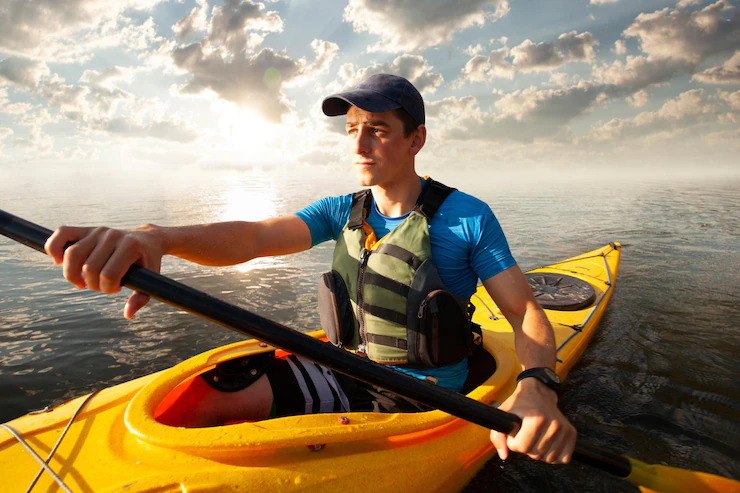
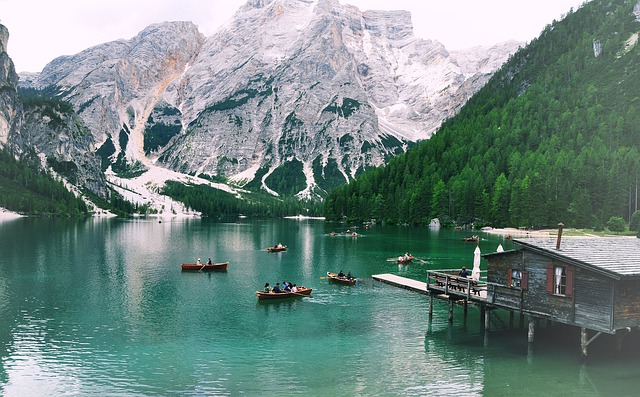
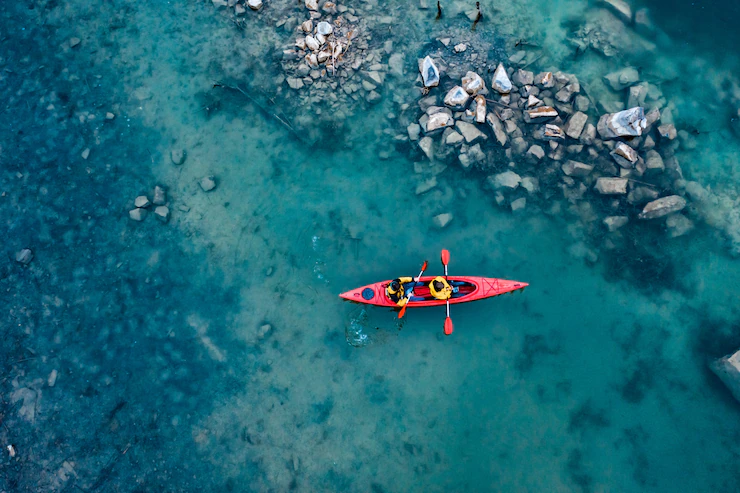

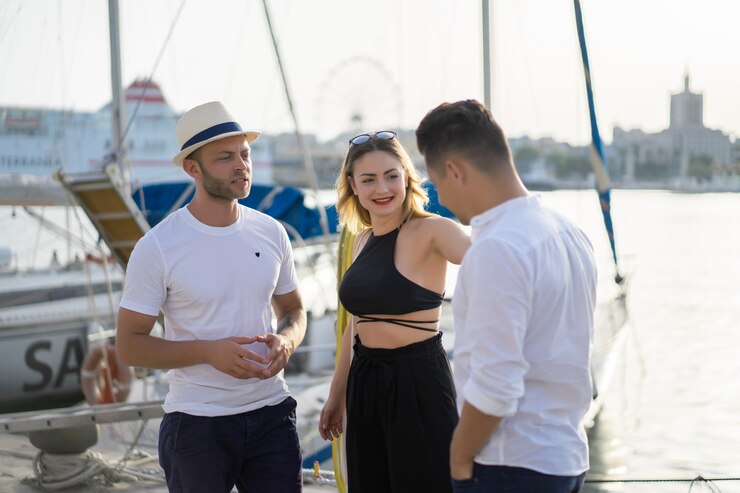
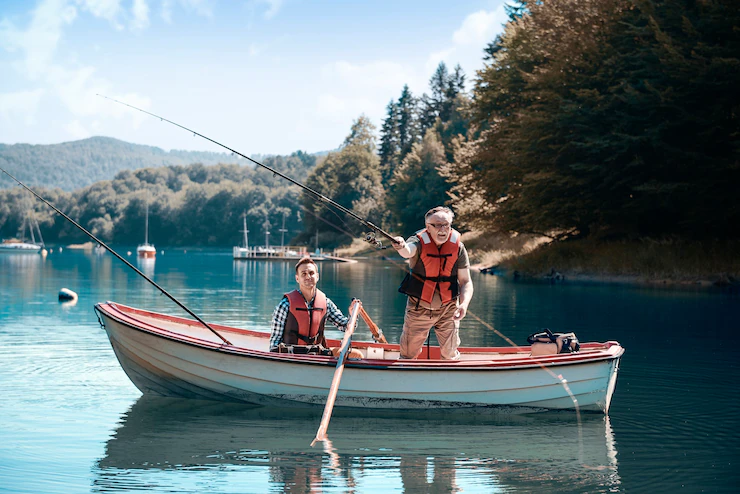









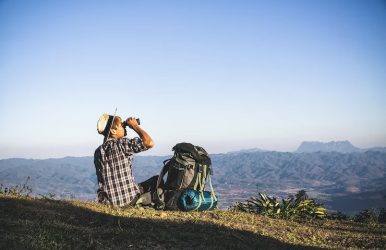

Thanks for all your efforts that you have put in this. very interesting info .